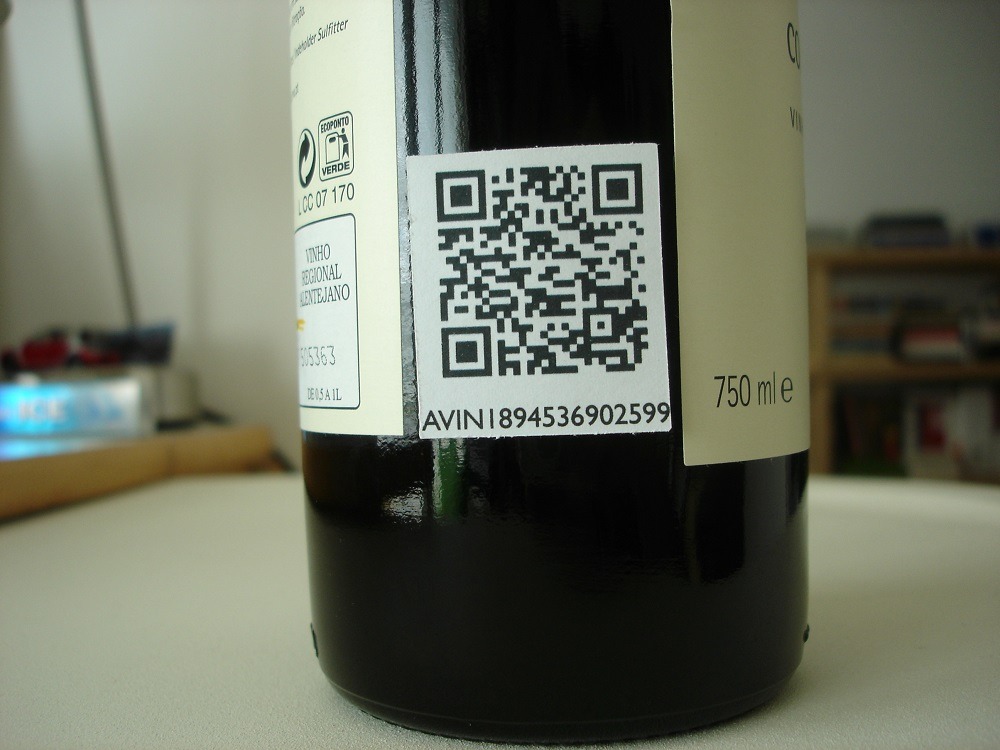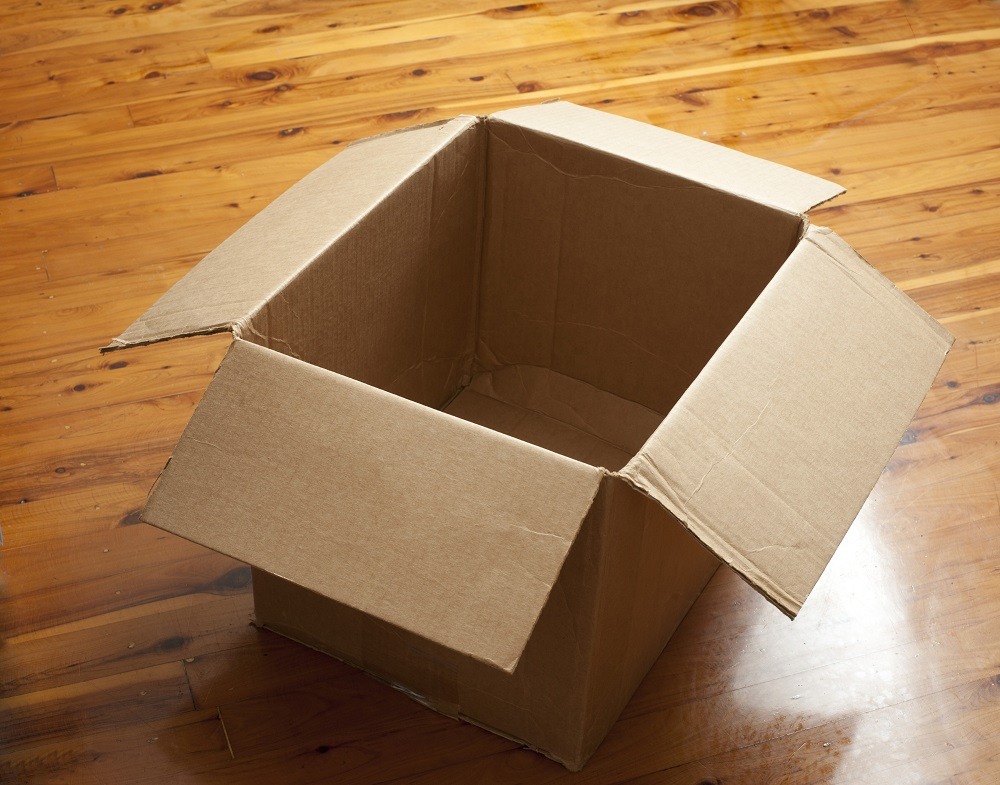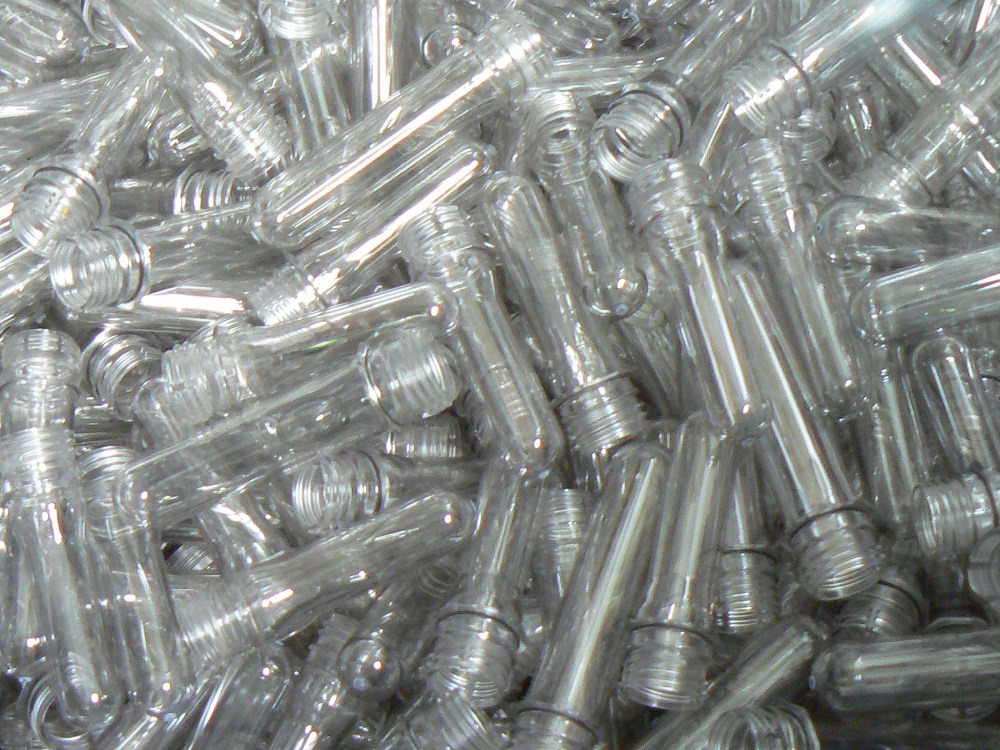Market researcher Mintel has released the 2019 edition of its annual look into the packaging trends that will hit the industry this year

Using augmented reality to turn bottles into online recipe books and “reinventing the cardboard box” are among key trends that will impact the packaging industry in 2019.
That’s according to UK-based marketing intelligence agency Mintel, which has released a report outlining the four big changes coming to the industry.
These involve virtual connection, engineering innovation, e-commerce and sustainability.
Here, we look more closely at what each trend highlighted in the Global Packaging Trends 2019 report – the fourth of its kind – involves.
Connected packaging
The report focuses on three different areas that could lead to a more connected packaging industry, the first of which is the increased use of QR codes and digital markers.
The research highlights how major online companies, including Snapchat’s Snapcode, use QR coding technology to help promote the social media platform on different brands, including Fanta.

According to the report, the Asia-Pacific region had the highest use of the technology in 2018, with almost 9% of all consumer packaged goods featuring some sort of QR code.
By contrast, 5% of products in Europe featured one in the same year.
Near-field communication (NFC), which enables consumers to get information about brands by scanning the tags on products using their smartphones, is another key trend within this area.
Mintel believes that allowing customers to access this information will help companies build up loyalty with their customers.
Augmented reality is the third piece of tech that can boost connectivity in the industry, according to the report, as it will allow consumers to interact with products using their smartphones and tablets for an entertaining experience.
One previous example has involved Heinz working with now-defunct AR app Blippar to show interactive content, such as recipe suggestions, when a user scanned the QR code.
Mintel’s global packaging director David Luttenberger said: “Connected packaging is witnessing renewed interest, driven by the growth in ownership of connected devices worldwide and advancement in technologies that link packaging to the online world.
“Brands have a wealth of options to connect virtually with packaging – from QR codes and other graphic markers to near field communication, radio frequency identification, bluetooth and augmented reality.”
Closing the loop
The second trend presented in the report is that companies are now looking to improve their use of the circular economy.
Mintel regards this shift as something mutually beneficial to consumers and the providers.
It highlights Leeds, a city in the north of England, as a prime example of the attempt to increase recycling, with the city’s council handing motorists a 20p parking voucher for every bottle brought to one of its CitiPark recycling centres.
According to the report, the trends that could impact this shift include the re-engineering of recycling, identifying Coca-Cola as a prime example in how it has saved £1.5m by redesigning bottles to reduce its annual plastics usage.
Alongside this, Mintel also analysed the use of consumer campaigning, highlighting crisps brand Walkers’ 2018 #PacketInWalkers campaign, which called on consumers to return used crisps packaging back to them, as a prime example.
Mr Luttenberger said: “Proclamations by brands and converters touting commitment to 100% recyclable materials or packaging being 100% recycled dominate industry headlines.
“But the reality that few of them have yet to fully consider is how, where, and who will be supplying and recycling these materials.
“Though recyclable packaging claims have become common, claims to include recycled content are still rare.
“Going forward, brands have an opportunity to ride consumer awareness of recycling issues by being part of the solution and committing to using recycled material in new packaging.”
Reinventing the box
Another trend the report highlights is what is described as “reinventing the box”.
The rise of e-commerce is shaping the way brands are developing sustainable design and finding new marketing opportunities.

The report identifies the impact Amazon has had on the development of cardboard packaging, such as its “frustration-free” packaging design, in which a product is wrapped inside a single cardboard box rather than several.
It means the business now produces less waste alongside a more streamlined distribution system.
Mr Luttenberger said: “The rapid development of e-commerce has had more of an impact on the design of packaging globally than anything the industry has experienced in the past several decades.
“There are now limitless opportunities for brand marketers to think about the next generation of shelf presence, the ‘hero images’ on retailers’ websites, and the ‘unboxing’ experience.”
Plastic-free
The final trend that Mintel highlights is the growing momentum of plastic-free packaging, including the rise of “plastic-free aisles” in supermarkets.
The report also describes the broadness of the term, highlighting Dutch organic supermarket chain Ekoplaza, which uses plant-based plastics as part of its aisles and stores.

The trends that have been used in practice include the switching of packaging to more environmentally-friendly products, including UK-based milk provider a2, which uses certified paper from the Forest Stewardship Council.
Mr Luttenberger said: “Marine plastic pollution has become one of the world’s most serious environmental problems, and there is a growing need for different attitudes to the material.
“New opportunities such as plastic-free aisles, package-free stores and alternative pack materials allow consumers to actively make choices about the plastic that is put out in the world. But these incentives are not without their own challenges.
“While plastic-free aisles reflect consumer exhaustion with excess plastic packaging, in reality, few would want to lose the convenience and benefits plastic packaging can bring.”
